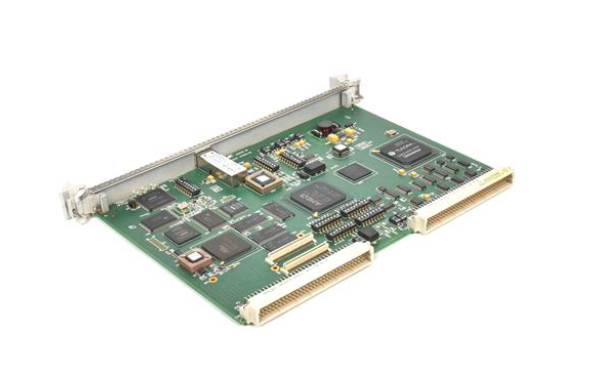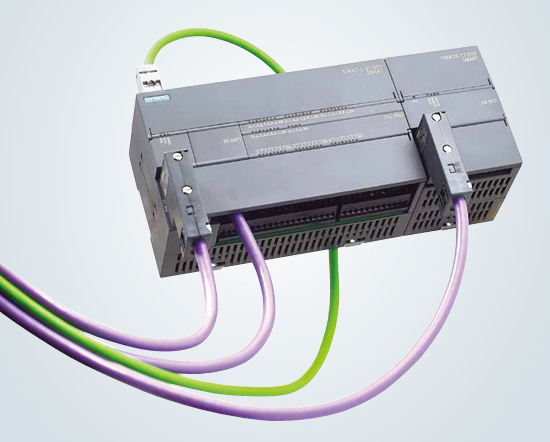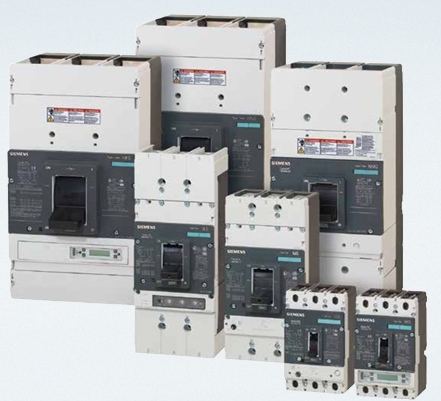The different model identifiers of this module correspond to key information such as product series, configuration version, supply chain code, etc. The core functions are consistent with the hardware architecture. The specific identifier analysis is as follows:
-VME5556/VMIVME-5565: Module core model, clearly indicating that it belongs to the GE VME bus series of reflective memory products, defining the core technical attributes and hardware platform of the module
GE VME5565 VMIVME-5565-11000 332-015565-110000 P Reflective Memory
Module core identification and basic information
The different model identifiers of this module correspond to key information such as product series, configuration version, supply chain code, etc. The core functions are consistent with the hardware architecture. The specific identifier analysis is as follows:
-VME5556/VMIVME-5565: Module core model, clearly indicating that it belongs to the GE VME bus series of reflective memory products, defining the core technical attributes and hardware platform of the module;
-VMIVME-5565-11000: Extended model identification, where "11000" represents a specific configuration version, covering key parameter combinations such as memory capacity and communication protocol support, used to accurately distinguish product models for different application scenarios;
-332-015565-110000: Supply chain exclusive code, the first half "332-015565" is GE's internal material classification identification, associated with the core model of the module, and the second half "110000" corresponds to the configuration code of the extended model, facilitating inventory management, procurement docking, and product traceability for enterprises.
The module adopts a standard 3U VME bus board design, with dimensions in accordance with ANSI/VITA 1-1994 specifications, and can seamlessly adapt to various standard VME bus chassis. The installation process does not require additional mechanical structure modifications, and the compatibility is extremely strong, effectively reducing system integration costs.
Key technical parameters
The technical parameters of GE VME5565 reflective memory module focus on data transmission performance, memory configuration, and environmental adaptability. The core parameters are as follows:
1. Bus and interface specifications:
Bus compatibility: Supports VMEbus Rev. D standard, compatible with 32-bit/64 bit address/data buses, with a maximum bus transmission rate of 160MB/s, meeting high-speed data exchange requirements;
2. Reflective memory interface: equipped with 4 fiber optic interfaces (supporting single-mode/multi-mode optional), with a maximum data transmission rate of 2.5Gbps, and a transmission distance of up to 20km for single-mode and 500m for multi-mode;
3. Control interface: 1-channel RS-232 serial configuration interface, used for module parameter initialization and status monitoring, supports VME bus interrupt signals, and achieves real-time response for data transmission.
4. Core storage and processing:
Reflective memory capacity: Comes standard with 1GB DDR3 SDRAM, supports memory partition management, and can configure shared memory areas according to application requirements;
5. Data processing unit: integrating high-performance FPGA chips to achieve real-time forwarding and verification of data, with a data transmission delay of less than 10 μ s, ensuring multi node data synchronization;
6. Error detection and correction: Supports ECC (Error Check and Correction) function, which can automatically detect and correct single bit errors, improving the reliability of data transmission.
7. Power supply and power consumption: The input voltage is+5V DC (± 5%) and+3.3V DC (± 5%), and the typical working current is 2.0A at+5V and 3.5A at+3.3V. It has overvoltage, overcurrent, and short-circuit protection functions, and the rated power consumption is less than 25W.
8. Environmental adaptability: The working temperature range is -40 ℃~+85 ℃, the storage temperature range is -55 ℃~+125 ℃, the relative humidity is 5%~95% (no condensation), the anti vibration level meets MIL-STD-810G 514.6 standard, and the anti impact level meets MIL-STD-810G 516.6 standard. It can adapt to extreme industrial environments and complex electromagnetic scenes.
Functional features and advantages
1. Low latency real-time data sharing: Based on FPGA hardware acceleration architecture, it realizes direct mapping and high-speed forwarding of reflected memory data, avoids delay loss of software protocol stack, ensures data synchronization error control between multiple nodes in microseconds, and meets the strict requirements of real-time control systems;
2. High reliability and redundancy design: Supports multi node ring or star topology structures, with link redundancy function. When a fiber optic link fails, it can automatically switch to the backup link to ensure the continuity of system data transmission. At the same time, ECC memory verification and hardware level error detection mechanism further improve data reliability;
3. Flexible topology and configuration: Supports networking capability for up to 32 nodes, and can configure memory mapping addresses, link rates, interrupt triggering conditions, and other parameters through upper computer software. Compatible with GE specific reflective memory protocols and industry wide protocols, and adaptable to control systems from different vendors;
4. Convenient status monitoring and diagnosis: The module is equipped with multiple sets of LED indicator lights, which display real-time power status, bus communication status, fiber link status, and memory working status. It supports VME bus diagnostic commands and can read internal parameters such as temperature, voltage, and link error rate through software, facilitating fault location and system maintenance;
5. Strong anti-interference ability: The fiber optic interface has natural electromagnetic isolation characteristics, and the module adopts a shielded grounding design. The power input end is equipped with an EMC filtering circuit, and the anti-interference level meets the IEC 61000-4-2/3/4 standard, which can work stably in strong electromagnetic radiation environments.
Typical application scenarios
With excellent real-time performance and reliability, the GE VME5565 reflective memory module has been deeply applied in multiple high-end industrial fields, mainly including:
-Real time control of power system: used as a distributed control system for ultra-high voltage substations to achieve real-time data sharing between protection devices, measurement and control devices, and monitoring hosts, ensuring timely fault removal and operation adjustment of the power grid;
-Aerospace measurement and control: In the ground testing system of aircraft, various testing equipment and data processing units are connected to achieve real-time acquisition, transmission, and analysis of flight parameters, providing accurate data support for the experimental process;
-Rail transit signal system: applied to the train control system of high-speed rail and urban rail, realizing real-time communication between the train control center, onboard equipment and ground equipment, ensuring the safety and efficiency of train operation scheduling;
-Collaborative control of industrial robots: In multi robot workstations, motion state data sharing between robots is achieved through reflective memory, ensuring synchronization and accuracy of collaborative operations;
-National Defense and Military Industry System: As the core data transmission module in the control system of weapons and equipment such as radar and missiles, it meets the application requirements of high reliability, low latency, and resistance to harsh environments.
Precautions for use
Before installing the module, it is necessary to confirm the power output capability and bus version of the VME chassis to ensure stable+5V and+3.3V power supply voltages, in order to avoid abnormal module operation caused by insufficient power supply;
2. When connecting fiber optic cables, it is necessary to distinguish between the transmit (TX) and receive (RX) ports to ensure that the corresponding ports at both ends of the link are correctly connected, while avoiding dust contamination on the fiber optic interface. It is recommended to use a specialized cleaning agent to clean before connection;
3. Module parameter configuration needs to be done through GE dedicated configuration software. After configuration is completed, the parameters need to be saved locally to avoid parameter loss after power failure;
4. When networking, it is necessary to select appropriate types of optical fibers (single-mode/multi-mode) and optical modules based on the number of nodes and transmission distance to ensure the quality of link transmission. At the same time, the topology structure should be reasonably planned to enhance the system redundancy capability;
During the operation of the module, it is necessary to regularly monitor the internal temperature and link error rate. When the temperature exceeds 75 ℃ or the error rate continues to rise, it is necessary to promptly investigate heat dissipation and link problems;
6. During maintenance, the power supply of the VME chassis must be cut off first. Hot plugging and unplugging modules is strictly prohibited to avoid damaging the bus interface and internal circuits of the modules.

- User name Member Level Quantity Specification Purchase Date
- Satisfaction :
-









Email:wang@kongjiangauto.com




































































































































